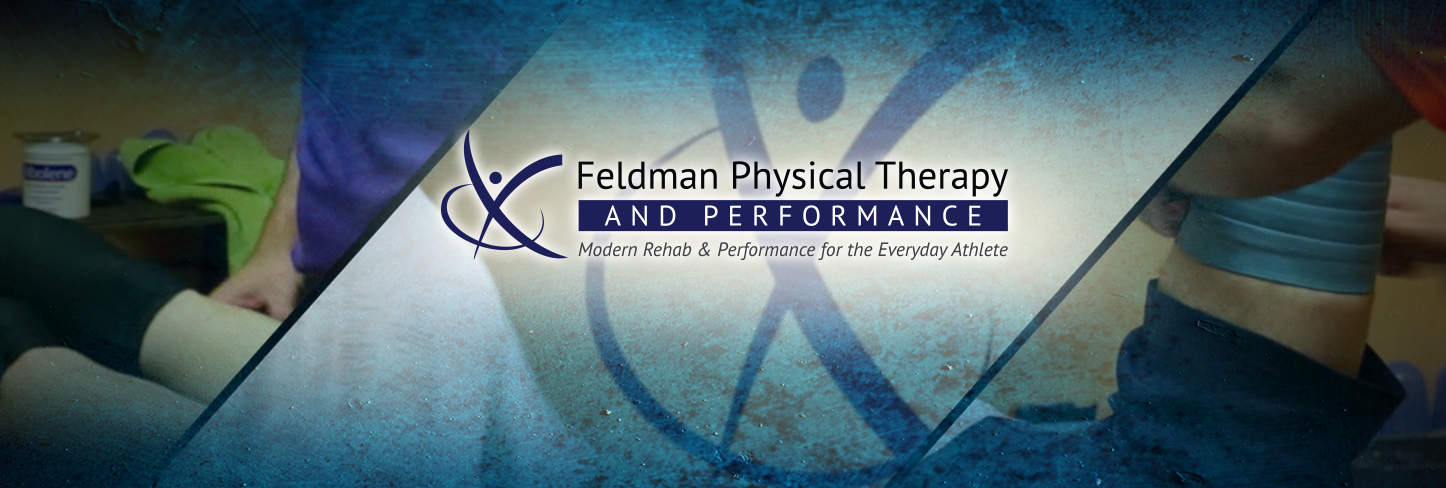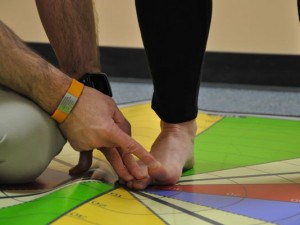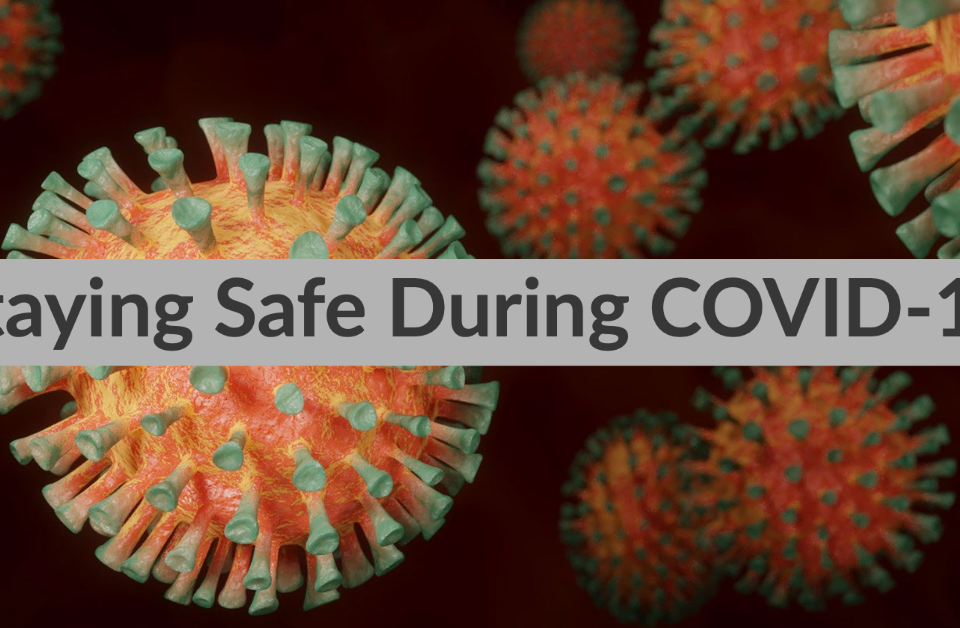
Justin Feldman Interviewed by Club Solutions Magazine
May 1, 2015
Justin Feldman Earns Top Certification
August 19, 2015Justin Feldman featured in the Poughkeepsie Journal
For the sake of your feet, pay attention to them!
When Dominique Candelaria wakes up in the morning and tries to get out of bed, she says the pain in her left foot is like “walking on a hot coal.” She’s been enduring this pain for the last two years.
April is National Foot Health Awareness month and local podiatrists urge everyone to pay closer attention to their feet.
“Your foot is your foundation,” said Dr. Tracy G. Toback of Toback Podiatry in Highland. “When your feet are off, it throws your entire body off, and can lead to hip, knee and back pain, too.”
Justin Feldman, PT, DPT of Feldman Physical Therapy, PLLC in LaGrange, said the most common foot problems he sees are plantar fasciitis, arthritis and tendonitis.
“You can also get posterior tibial tendonitis, which is tendonitis that runs down the bottom of the foot,” he said.
Feldman said we have very weak feet.
“The body is very smart, it’s not going to allow you to have a range of motion in any joint that it doesn’t think you can control,” he said. “If you do not have that motion available in your feet, you compensate and something else will start to break down.”
When her pain didn’t go away, Candelaria’s doctor diagnosed her with plantar fasciitis, or inflammation of the thick tissue on the bottom of the foot that causes heel pain. According to the Academy of Orthopedic Surgeons, approximately 2 million patients are treated for this condition every year.
“You chalk the pain up to working on your feet, so first you soak them and then change your shoes,” the 28-year-old City of Poughkeepsie resident said.
Toback said the heel spur syndrome is actually a bursitis or swelling of the bursa sac.
“When we get off our feet, the sac fills up, so that first step in the morning on the ball of fluid is painful,” he said.
Luckily for Candelaria, plantar fasciitis can be treated.
“You would think that it’s the heel spur that is hurting, but through years of research, it’s the ligament that’s actually causing the pain and pulling on that heel bone,” said Erik Sims, DPM, of Sims Podiatry in Poughkeepsie. “Even when we do surgery, nowadays, we still don’t take out the heel spur. We know that people can live with heel spurs and they don’t hurt.”
Other treatment includes shockwave therapy, which breaks up the scar tissue, and physical therapy. Feldman uses a variety of techniques to help cure foot pain, including stretching and instrument-assisted, soft-tissue mobilization.
“It’s using metal tools to work on the tissues of the foot,” he said. “We’ll also do exercises to lift their toes and expand their range of motion.”
Another treatment is the use of orthotics.
“We control the biomechanics of the foot by creating a functional orthotic, which is different from arch supports,” Toback said. “The purpose is to put the foot back in anatomical alignment so you don’t strain the ligament. In 95 percent of cases, you won’t need surgery for it.”
According to Feldman, many feet problems stem from childhood.
“When your child starts to walk, you put socks on his feet and then when he walks around more, you put shoes on his feet, but feet get a lot of input from the world,” he said. “We don’t spend enough time without something on our feet to develop strength.”
Toback urges parents to have their children’s feet evaluated.
“We can stop a lot of these issues later if kids are evaluated earlier,” he said. “A lot of parents come to me because their child can’t run and the problem may not be laziness, it may be poor foot function.”
With the weather getting warmer, Sims said it’s normal to want to jump right in to walking, hiking and spending time outside.
“Get into it gradually,” he said. “We see a decent amount of injuries because people who haven’t been running for months suddenly run for miles. When you are active, get a good supporting shoe.”
Springtime also means packing away the boots in exchange for some free flowing flip-flops, but Toback said they are hazardous to your feet.
“Injuries from flip-flops are the most common injuries that I see,” he said. “You slip and slide, and trip and end up with sprained ankles and broken bones. There is no support.”
Instead, Toback said to invest in a good pair of shoes.
“A scarf or blouse you’ll use occasionally, but shoes you use every day,” he said.
But don’t worry ladies, high heels aren’t necessarily an issue, depending on how much you wear them.
“They aren’t going to change the shape of your foot or cause bunions or deformities,” Sims said. “It can cause heel pain and extra pressure on the front of your foot though. It can cause stress fractures and you wouldn’t want to wear them seven days a week.”
Lisa Iannucci is a freelance writer: life@poughkeepsiejournal.com
On the Web
•Feldman Physical Therapy: www.feldmanphysicaltherapy.com
•Sims Podiatry: http://simsandassociatespodiatry.com
•Toback Podiatry: www.tobackpodiatry.com




